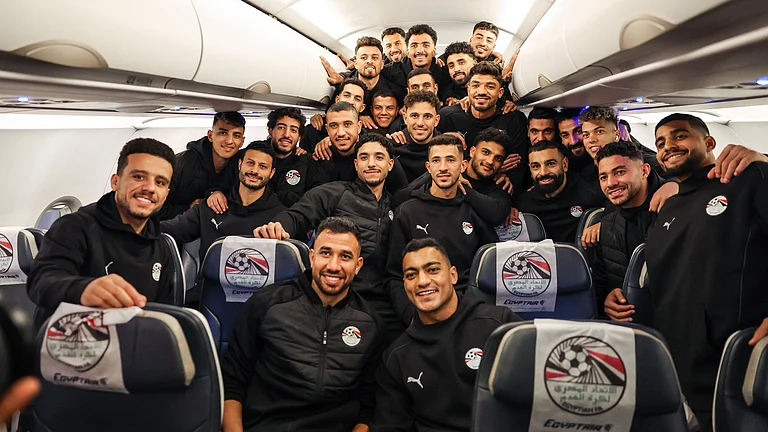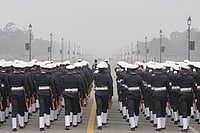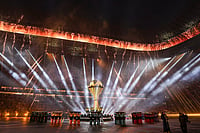Being inspired by the arrival of Gama, one would have expected the travelogue to explore the social and cultural consequences of European colonisation. That dimension, however, escapes the author's otherwise observant eye. Yet he presents a rich textured fare about the everyday life of the people, which should at least bring some who visit "God's Own Country" to this part of Kerala, generously endowed by nature and history as well as by a variety of cultural influences. The author weaves all of them into his narrative, rather effortlessly, and being a Malayalee, does so with a beguiling self-critical humour.
Keralites are not known either for a great respect for the past or for preserving its legacy. Yet history persists in contemporary life as a contentious issue, particularly because of the interventions of the votaries of Hindutva. As a result, long outdated historical models are now being resurrected in Kerala, even by some well-established historians who have suddenly realised the attraction of the saffron colour. A healthy interest in history— the author has spent considerable time acquiring the knowledge of local history by referring to standard authorities like William Logan and conversing with the historians of the region— embellishes the travelogue with what he calls pop history. It would have been more illumining if he had attempted a more conscious contextualisation rather than a description of historical antecedents.
The main strength of this travelogue is its sensitivity to the cultural make-up of Malabar. It mainly revolves around the various cultural practices of the region. It is fascinating to note how the Malayalee passionately clings to his traditional moorings, despite his exposure to the outside world and the influence of modernity. In his food habits, dress code and social customs he maintains his distinct identity with fierce self-confidence. That, however, does not mean that he is resistant to outside influences. Malabar cuisine is a good example, which has incorporated elements from almost every cultural stream with which it has came into contact.
The contents of the travelogue are determined by the interest of the traveller. The author seeks to witness a football match with seven players— a phenomenon peculiar to Kerala, goes in search of murals in the temples, visits the boat-building yards, and samples the variety of food offered by restaurants. All these efforts give a flavour of the local life not easy for an outsider to access.To that extent this travelogue is extremely enjoyable, particularly for non-Malayalees. But the travelogue does not touch the more serious issues which agitate the Malayalee nor does it comprehend the importance of significant currents in society. Therefore it leaves the impression of being engaged with the superficial. Is it possible that the journalist in the author marginalised the traveller in him?


























